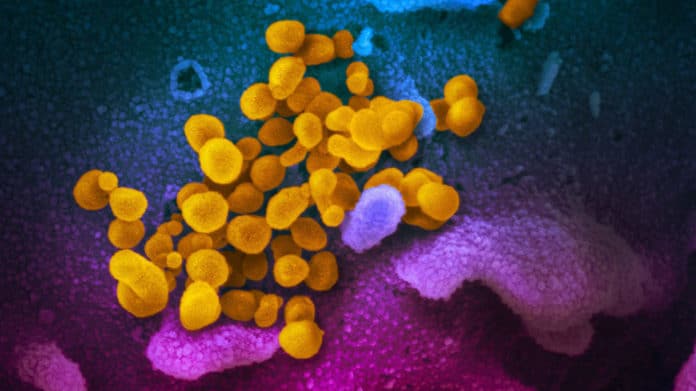A new study provides important information about the stability of SARS-CoV-2, which causes coronavirus and suggests that people can get infected through the air and after touching contaminated objects. According to the study, the coronavirus is stable for several hours to days in aerosols and on surfaces.
It is detectable in aerosols for up to three hours, up to four hours on copper, up to 24 hours on cardboard, and up to two to three days on plastic and stainless steel.
The NIH scientists, from the National Institute of Allergy and Infectious Diseases’ Montana facility at Rocky Mountain Laboratories, thought about how the environment influences SARS-CoV-2 and SARS-CoV-1, which causes SARS. SARS-CoV-1, similar to its successor presently flowing over the globe, rose out of China and infected more than 8,000 individuals in 2002 and 2003.
SARS-CoV-1 was eradicated by intensive contact tracing and case isolation measures, and no cases have been detected since 2004. SARS-CoV-1 is the human coronavirus most firmly related to SARS-CoV-2. In the stability study, the two viruses behaved almost similarly, which unfortunately fails to explain why COVID-19 has become a much more massive outbreak.
Scientists attempted to mimic viruses being deposited from an infected person onto everyday surfaces in a household or hospital setting, such as through coughing or touching objects. The scientists then investigated how long the virus remained infectious on these surfaces.
The study also found that in contrast to SARS-CoV-1, most secondary cases of virus transmission of SARS-CoV-2 appear to be occurring in community settings rather than healthcare settings. However, healthcare settings are also vulnerable to the introduction and spread of SARS-CoV-2. The stability of SARS-CoV-2 in aerosols and on surfaces likely contributes to the transmission of the virus in healthcare settings.
This study was conducted by scientists from the National Institutes of Health in collaboration with the CDC, UCLA, and Princeton University.
Journal Reference:
- Aerosol and Surface Stability of SARS-CoV-2 as Compared with SARS-CoV-1. DOI: 10.1056/NEJMc2004973
